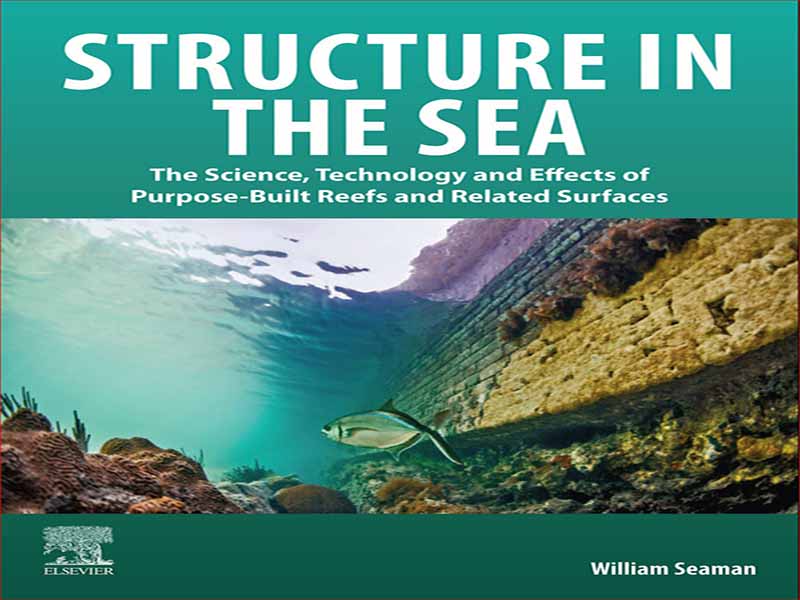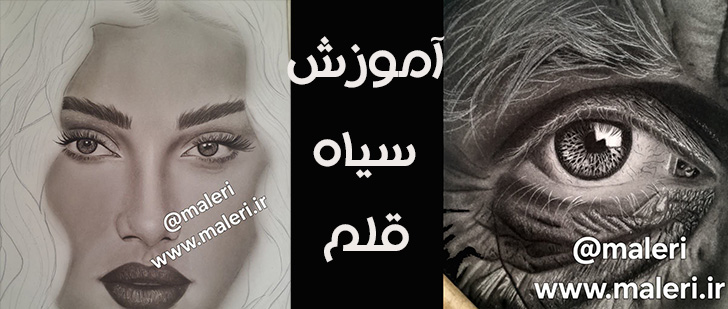- عنوان کتاب: Structure in the Sea / The Science, Technology and Effects of Purpose-Built Reefs and Related Surfaces
- نویسنده: William Seaman
- حوزه: دریا
- سال انتشار: 2022
- تعداد صفحه: 350
- زبان اصلی: انگلیسی
- نوع فایل: pdf
- حجم فایل: 8.81 مگابایت
اگر تنها ناظران ساحلی بتوانند به راحتی به زیر سطح دریا نگاه کنند، ساختار در کف اقیانوسهای جهان یک منظره معمولی خواهد بود. در آنجا، آنها منظرهای غوطهور را میبینند که شامل توپوگرافیهای قابل توجهی از مشخصات عمودی، رنگ، بافت، پایداری و تنوع زیستی متنوع است: در نظر بگیرید که طی سالهای متمادی، نیروهای زمینشناسی و بیوفیزیکی طبیعی ویژگیهایی مانند کوههای دریایی، رخنمونهای صخرهای و صخرههای مرجانی ایجاد کردهاند. . در طول هزاره ها، انسان ها کشتی های بی شماری را به طور تصادفی از دست داده اند. سایر زباله های خشکی به اقیانوس ریخته و در کف آن مستقر شده اند. در همین حال، در قرنهای اخیر، مردم به منظور بهرهبرداری، مدیریت یا ایجاد جنبه، محصول یا خدماتی از فرآیندها و منابع طبیعی اقیانوس، اشیاء طبیعی و ساختهشده توسط انسان را به بستر دریا وارد میکنند.
Structure on the floor of the world’s oceans would be a common sight if only shoreside observers could readily look beneath the surface of the sea. There, they would see a submerged landscape that includes significant topographies of varied vertical profile, color, texture, stability, and biodiversity: Consider that for eons, natural geologic and biophysical forces have created features such as sea mounts, rocky outcrops, and coral reefs. Over millennia, humans have lost countless ships accidently; other debris from the land have washed into the ocean and settled on the bottom. And in more recent centuries, meanwhile, people have been intentional in introducing natural and human-made objects onto the seafloor to exploit, manage, or create an aspect, product or service of the ocean’s natural processes and resources.
این کتاب را میتوانید از لینک زیر بصورت رایگان دانلود کنید:
Download: Structure in the Sea




































نظرات کاربران